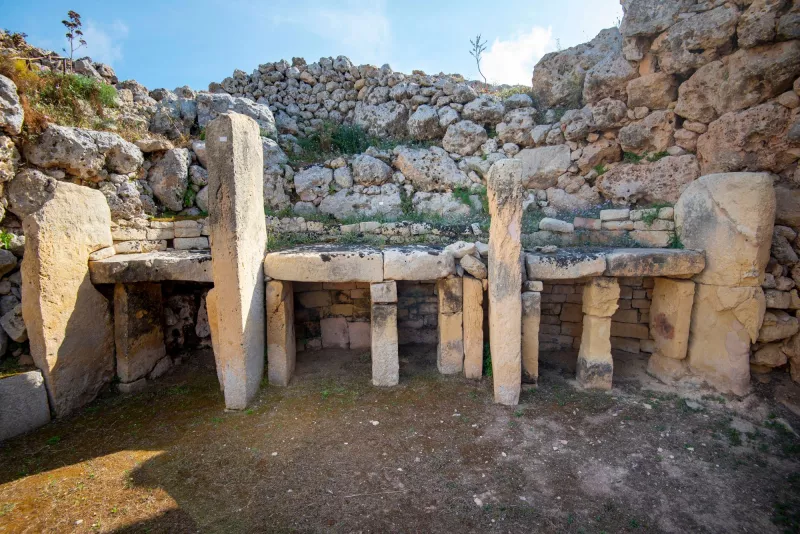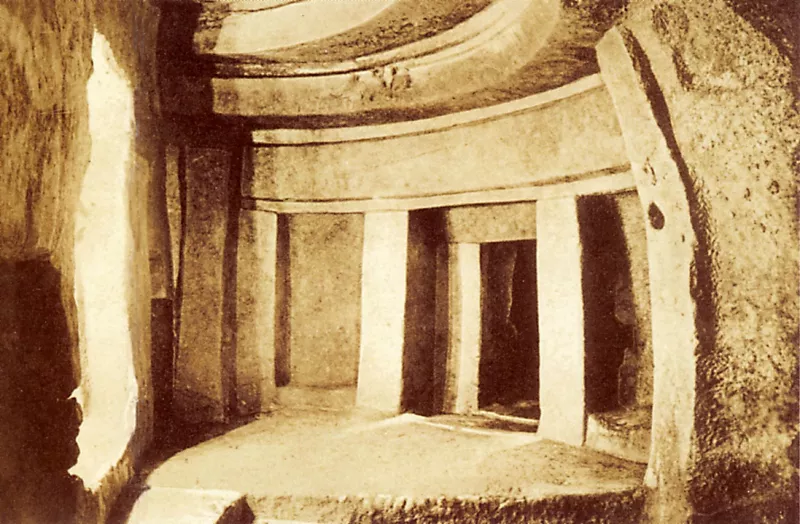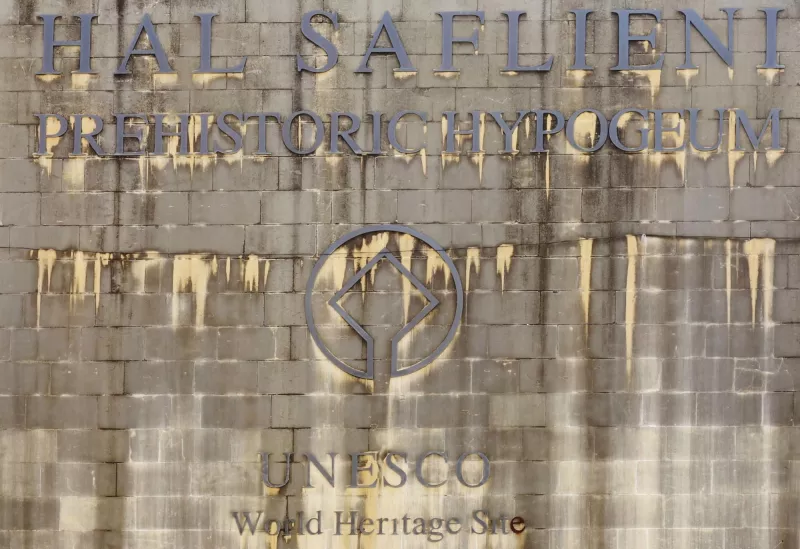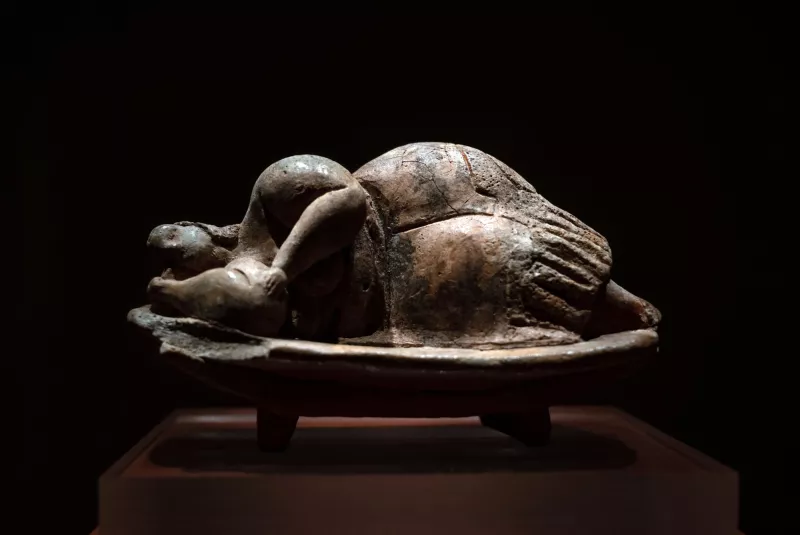Stonehegz in England is famous for its huge size of blocks, its mysterious architecture and legends and conspiracy theories that accompany it. However, it is certainly not the oldest megalithic monument (according to the most acceptable archaeological estimates, it was built between 2500 BC and in 2000 BC, while an older circular embankment dates back to about 3100 BC).
On the island of Gozo in Malta it is located is a temples complex from the Neolithic Age (eg 3600 – 2500 BC), ancient than Stonehegz and older than the Pyramids of Egypt. This is the Gigantia (or Gigadiya – ġgantija, “Giant Place”) consisting of two temples over 5,500 years old.
Indeed, these are the second oldest existing anthropogenic religious constructions in the world after Gabbecci Tepe in today’s Turkey.
The megalithic monument includes two temples and one unfinished third. The temples are built on clover, with boulders inside defining the shape.
According to scientists, the temples were places of worship and a rite of fertility. The legends say that the megalithic temples built a giant woman, Sansuna, while breastfeeding her baby and used them as places of worship.
Their construction is a remarkable feat, as the monuments were constructed when the wheel had not yet appeared and there were no metal tools available in Malta.
In fact, the site discovered small, spherical stones used by the prehistoric inhabitants of the island as a bearing for vehicles carrying the huge stone stones.
The impressive “basement” of 4,000 years – the only European sample of underground maze
In Paola, Malta, there is another prehistoric monument, a little younger than Gigantia but of extreme archaeological importance, as it is a basement, 3 meters below the surface of the Earth.
It is called Saflieni Hypogeum (basement or basement of the halves) and is the only European sample of underground maze. That is why in 1980 he joined UNESCO World Heritage Sites.
The basement was made by the ancient Maltese from 4,100 BC. Until 2500 BC and was accidentally discovered in 1902, when a worker dug for a well.
This prehistoric underground city covers a surface of 145 square meters and was dug with stone and bone tools.
Indeed, the soil has been dug in such a way that it is reminiscent of the chiselled blocks with which the Grandmand’s Megalithic Temples had been built.
The monument consists of three levels with a total of about 50 chambers,
Initially, the basement was used as a place of worship and then as a necropolis, as there was massive, mixed burials – excavations have led to the discovery of about 7,000 human residues.
This necropolis, during World War II, saved the lives of thousands of Maltese from the ruthless bombings of the Nazis, as the basement became their refuge for long periods.
Source :Skai
I am Frederick Tuttle, who works in 247 News Agency as an author and mostly cover entertainment news. I have worked in this industry for 10 years and have gained a lot of experience. I am a very hard worker and always strive to get the best out of my work. I am also very passionate about my work and always try to keep up with the latest news and trends.














